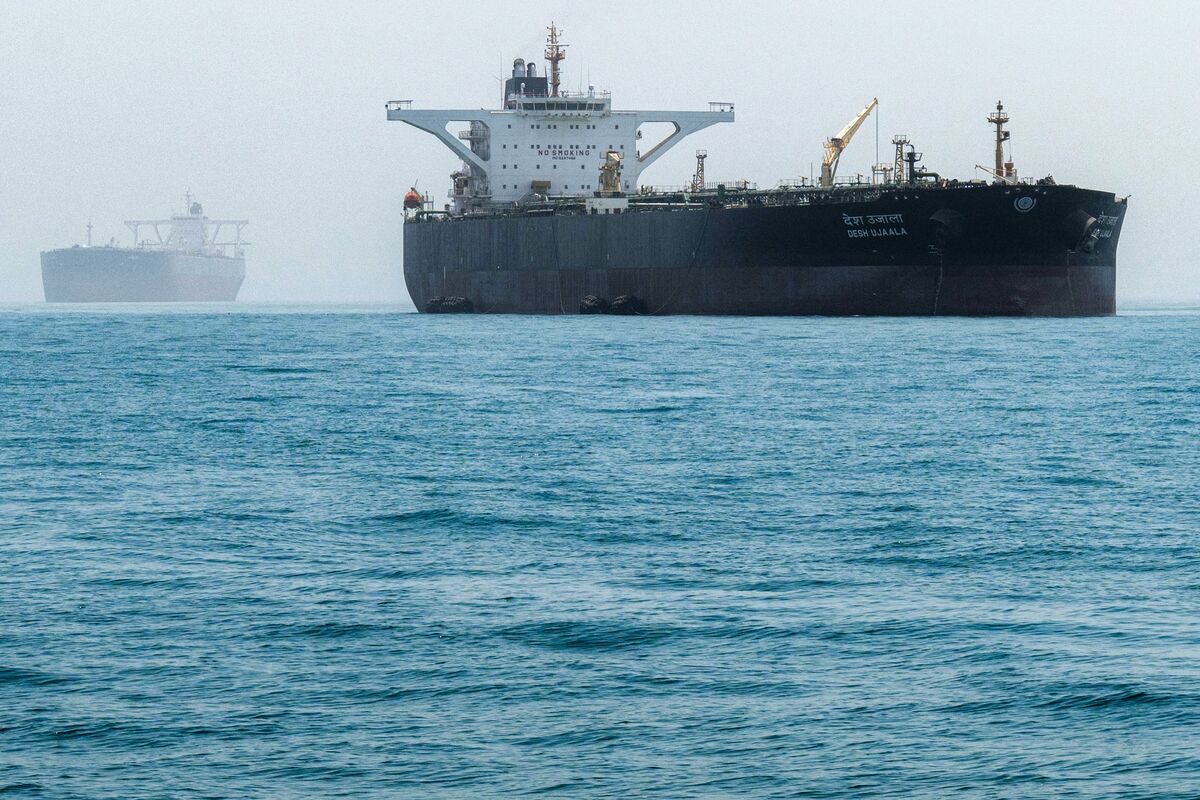The oil market is heading for an immense surplus in early 2026. How large? “Cartoonish,” reckons Macquarie Group Ltd., a bank with a huge commodities business. What’s the solution? Stockpile millions of barrels of crude into tanks.
It’s a tried-and-tested response, but this time there’s a catch: interest rates are much higher than at any time the oil industry has faced a similar situation over the past 25 years. Thus, financing next year’s surplus will be expensive. The problem, which isn’t getting enough attention on Wall Street, could amplify the wave of bearish sentiment hitting the oil market.
With the OPEC+ cartel agreeing on Sunday to boost output even further, understanding the snag is crucial. When a large surplus emerges, the shape of the oil price curve quickly shifts to make storage economical. As inventories start to accumulate, the curve inverts, with spot prices falling below forward prices — a contango, in industry jargon. Traders can buy crude cheaply, store it and lock in a profit by guaranteeing a higher price in the future from a forward sale in the derivatives market.

